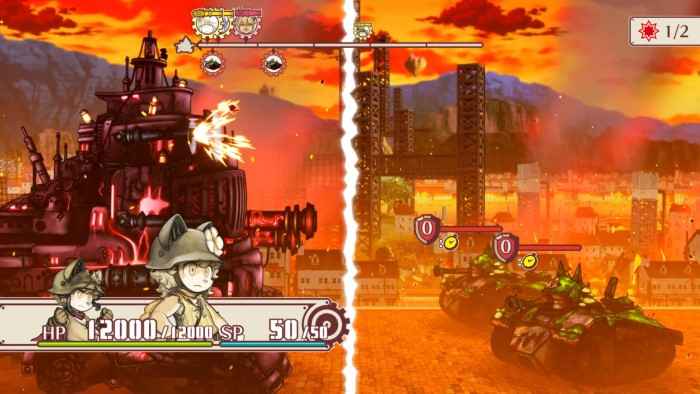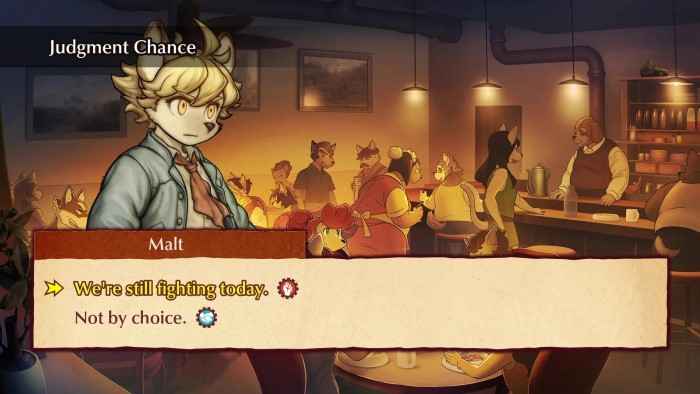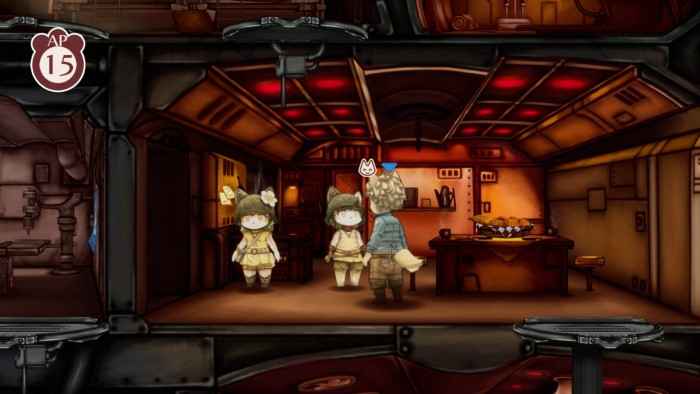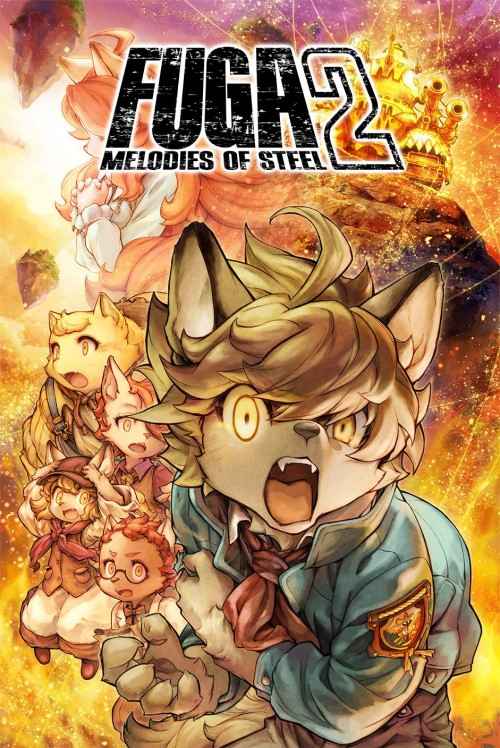Fuga: Melodies of Steel 2 Review
Fuga: Melodies of Steel 2 is the direct sequel to Fuga: Melodies of Steel, which also makes it the fifth game in the Little Tail Bronx series. This new title is incredibly similar to its predecessor. It has the exact same core gameplay, and uses many of the same assets. This review will piggyback on COGconnected’s review of the original. We’ll focu on the several changes and improvements this sequel makes. If you would like a brief history of the Little Tail Bronx series, and an explanation of the Fuga games’ core mechanics, then click HERE. If you are a fan of Fuga: Melodies of Steel, then Fuga: Melodies of Steel 2 improves a few key elements, and provides more of the same core experience.
The story takes place one year after the events of the first Fuga game. There is an optional story recap for anyone who wants to jump right into Fuga: Melodies of Steel 2, but I highly recommend playing the original game first. This is very much a direct sequel, and the events of the second game won’t have as much impact if the player isn’t familiar with the characters from the first game. There’s a major narrative focus in Fuga: Melodies of Steel 2, and if you’re the kind of player that doesn’t care about being driven by a story, then these games probably aren’t for you.
A True Sequel
Fuga: Melodies of Steel 2 begins with the cast of the first game separated from their tank/ home, Taranis. Taranis has been recovered by the military, and the group of child protagonists are asked to help them examine and understand it. While inspecting Taranis’ interior, the tank powers on, trapping half the children inside. It goes on a destructive rampage, and the kids who don’t get trapped board another tank, and pursue their former home, in hopes of rescuing their friends.

The narrative and world building are just as strong in Fuga: Melodies of Steel 2. The character work is much better, partially because we’ve already had a chance to get to know the cast during first game. But it’s also because the melodrama has been slightly toned down. The intense moments are much more believable in Fuga 2. There are also a couple of new mechanics that tie into the narrative, and help the player to connect with the cast.
New Game +
One of the characters, Malt, becomes aware of the losses the children suffer in battle. Every time the player loses a battle, and events are reset to try combat again, Malt is aware of the reset. This allows players to adjust their battle preparations, and also makes Malt aware of all the losses they suffer. He’s aware of every dark timeline. The other mechanic is that Malt has lots of choices he can make through dialogue. These are often tough moral decisions. And the different choices lead towards different endings. Fuga: Melodies of Steel 2 also has a New Game + option, which, combined with the multiple endings, provides a lot more replay value than the original.

The Soul Cannon has been replaced by the Managarm. Originally, the Soul Cannon gave the player the option to choose a character to sacrifice, in order to win a boss fight. The Managarm knocks out a player, without killing them, but the fight won’t yield any EXP. Choosing this option in Fuga: Melodies of Steel 2 has narrative ramifications, and shows a depressed crew between missions. I really loved this, and it made the Managarm feel like a harder choice to make. Players with OCD tendencies like me, will likely not want to use this option, but it’s there if players prefer a faster pace, and constant forward momentum. And it’s interesting to observe how use of the Managarm affects the crew.
JRPG Airships
My biggest complaint about the Fuga games are that they are very linear. The story literally runs on rails. This aspect is improved in the sequel by adding the airship function, which allows players to travel game maps after completion. Before, players could only move forward, even if there were different paths to explore. The airship allows players to explore the paths they didn’t initially choose, and grind for experience points. It’s a very welcome addition, and makes Fuga 2 feel much meatier than the original.

Fuga: Melodies of Steel 2 looks and plays exactly the same as Fuga: Melodies of Steel. Though there are few changes, they are all key changes that improve the game. They give a it lot more longevity for completionists. I highly recommend playing the original game first, as the second game is a direct sequel. This series is for fans of turn-based JRPGs only, but is well worth playing if you’re at all curious.
***Nintendo Switch code provided by the publisher***
The Good
- Much better character driven narrative
- Choices and multiple endings
- Airship exploration
The Bad
- Lots of reused assets
- Combat is mostly unchanged
- Very linear

